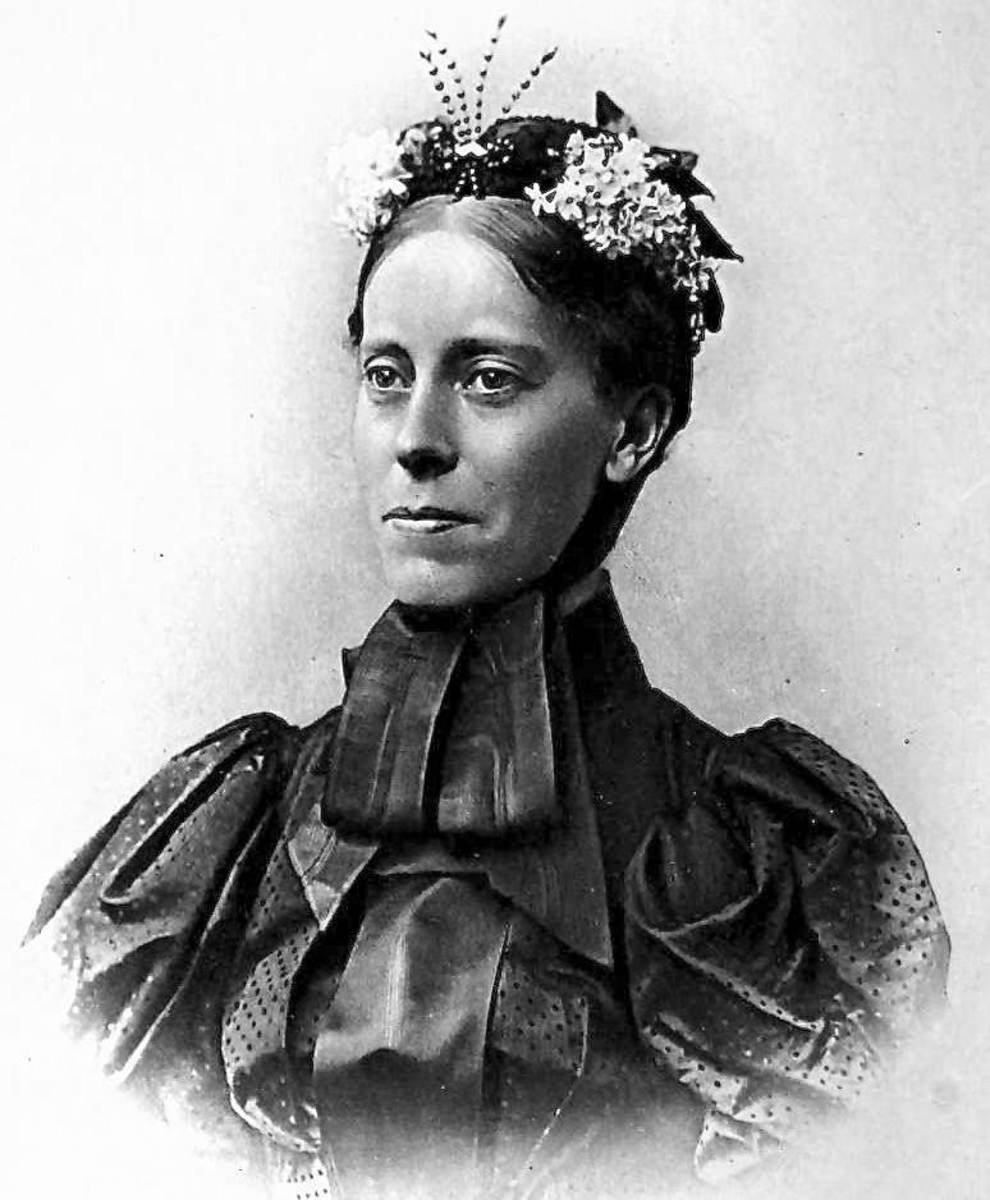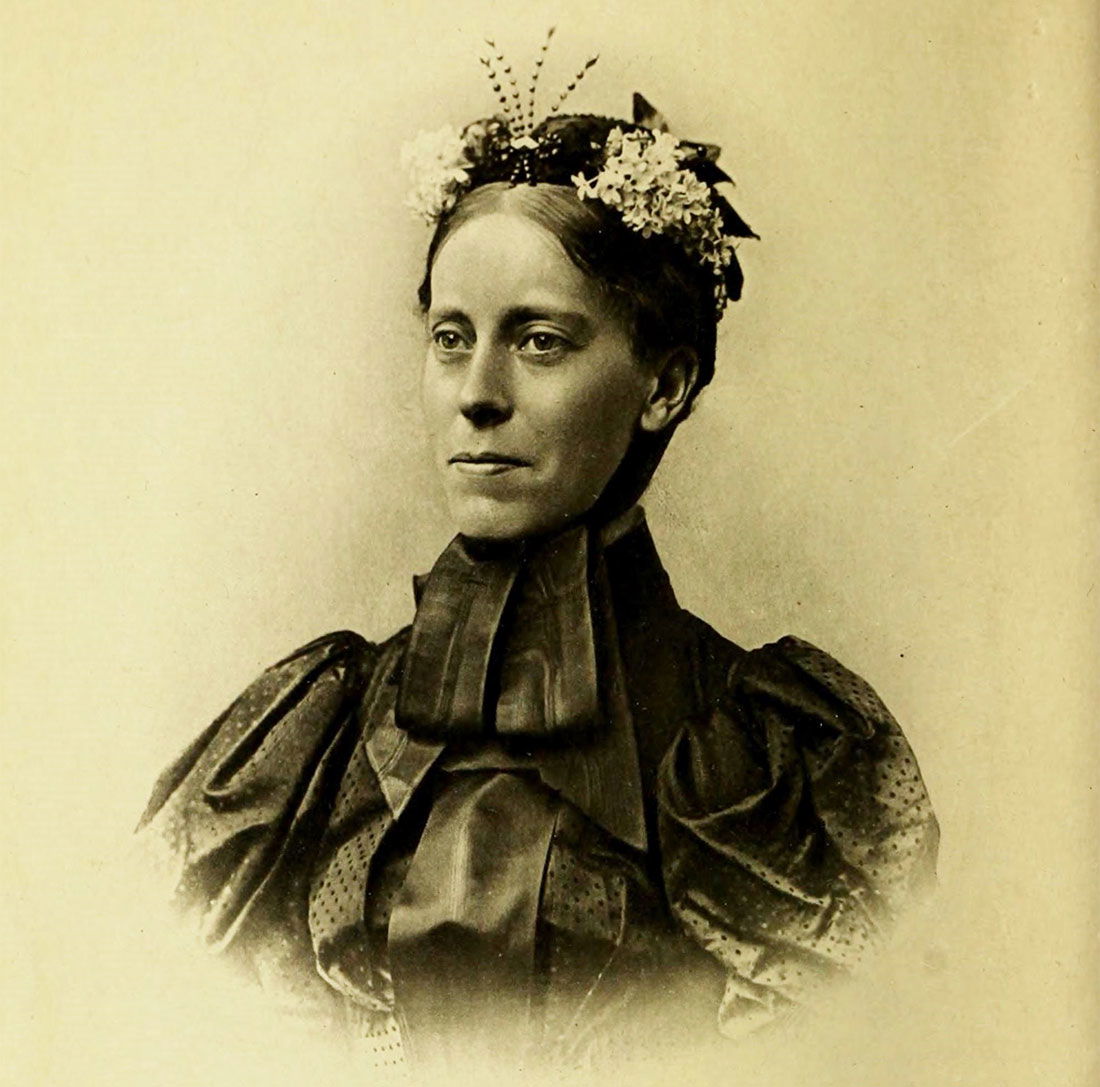
Have you ever come across the inspiring story of a woman who boldly challenged the societal expectations of her era to venture into the unexplored regions of Africa? Allow us to introduce you to the extraordinary Mary Henrietta Kingsley, a pioneering traveler whose remarkable journeys during the late 19th century significantly broadened the understanding of Africa’s diverse cultures and breathtaking landscapes. Kingsley’s explorations not only showcased her adventurous spirit but also served to illuminate the complexities and richness of African life to a Western audience that was largely unaware of its depth. In this article, we will take an in-depth look at her fascinating life, the incredible travels she undertook, and the enduring influence she has had on both the fields of anthropology and travel writing. Join us as we uncover the legacy of this trailblazing woman who dared to go where few had gone before, leaving an indelible mark on the world.
Early Life: A Secluded Beginning

Born into a Literary Family
Mary was born on October 13, 1862, in the vibrant city of London, England. Growing up in a household steeped in literary tradition, she was the niece of the renowned clergyman and author Charles Kingsley. This familial connection provided her with a rich environment filled with literature, intellectual debates, and a deep appreciation for the written word. Despite this stimulating backdrop, Mary’s own life was relatively sheltered and insular, limiting her exposure to the broader world around her until she reached the age of 30.
A Turning Point
At the pivotal age of 30, Mary made a courageous decision to break free from the confines of her protected upbringing. Fueled by a desire for adventure and knowledge, she set her sights on traveling to West Africa. Her goal was to immerse herself in the study of African religion and law, a pursuit that was not only intellectually stimulating but also deeply personal. This journey was particularly significant as she aimed to complete a book that had been left unfinished by her father, George Henry Kingsley, thereby honoring her family’s literary legacy while forging her own path in the world of scholarship and exploration.
Adventures in Africa

First Steps into the Unknown
Mary embarked on her inaugural journey to Africa during the period between 1893 and 1894. This remarkable expedition took her to a variety of fascinating locations across the continent, where she immersed herself in diverse cultures and environments. Among the notable places she visited were:
- Cabinda – A picturesque coastal enclave situated in Angola, known for its stunning landscapes and rich biodiversity.
- Old Calabar – A historic town located in southeastern Nigeria, which played a significant role in the transatlantic trade and is steeped in cultural heritage.
- Fernando Po – An island that is now part of Equatorial Guinea, renowned for its lush vegetation and unique wildlife.
Collecting Specimens for Science
Throughout her travels, Mary dedicated herself to the pursuit of knowledge by collecting a wide array of specimens, including various species of beetles and freshwater fishes. These specimens were meticulously documented and later donated to the British Museum, where they became invaluable resources for researchers and scientists. Her contributions significantly enriched the scientific community’s understanding of the region’s biodiversity and ecology.
Exploring the Ogooué River
In December of 1894, Mary made a triumphant return to Africa, this time setting her sights on the French Congo. She embarked on an adventurous journey up the Ogooué River in Gabon, a region known for its dense rainforests and vibrant ecosystems. This expedition took her through the territory inhabited by the Fang tribe, a group notorious for their historical reputation for cannibalism. One can only imagine the mix of exhilaration and trepidation that must have coursed through her veins as she navigated this uncharted territory, filled with both the promise of discovery and the shadow of danger.
Encounters and Experiences

Harrowing Adventures
Mary’s journeys were fraught with peril and unpredictability, as she encountered a myriad of challenges that tested her limits. From hostile encounters with wildlife to navigating through treacherous terrains, each adventure was a testament to her courage and tenacity. Despite the dangers that loomed around her, Mary’s resilience shone brightly, illuminating her path forward. She had a unique ability to convey her experiences with such vivid detail that her readers felt as if they were right there alongside her, experiencing the thrill and fear of each moment. Her storytelling transported them to distant lands, allowing them to share in her triumphs and tribulations.
Climbing Mount Cameroon
Among her many remarkable achievements, one that stood out was her daring ascent of Mount Cameroon. This monumental feat not only highlighted her adventurous spirit but also underscored her deep commitment to immersing herself in the geography and culture of the regions she explored. As she climbed, she took the time to learn about the local customs and traditions, enriching her understanding of the people who called this majestic mountain home. The experience was not just about reaching the summit; it was about connecting with the land and its inhabitants, making her journey all the more meaningful and transformative.
Returning Home: Sharing Her Stories

Lecturing Across England
After returning to England with her collections, Mary became a sought-after speaker. Between 1896 and 1899, she lectured extensively about her travels, sharing her insights and experiences with captivated audiences.
Published Works
Mary’s writings, including “Travels in West Africa” (1897) and “West African Studies” (1899), expressed her deep sympathies for black Africans and challenged the prevailing stereotypes of her time. Her works remain significant in understanding the complexities of African cultures.
A Legacy of Compassion

Nursing During the Boer War
Mary’s life was tragically cut short when she died on June 3, 1900, while nursing sick prisoners during the South African (Boer) War. Her commitment to helping others, even in the face of danger, speaks volumes about her character.
Impact on Future Explorers
Mary Henrietta Kingsley’s adventures paved the way for future explorers and anthropologists. Her writings encouraged others to look beyond the surface and appreciate the rich tapestry of African cultures.
Table: Key Facts About Mary Henrietta Kingsley

| Fact | Details |
|---|---|
| Birth Date | October 13, 1862 |
| Death Date | June 3, 1900 |
| Notable Works | “Travels in West Africa”, “West African Studies” |
| Major Locations Explored | Cabinda, Old Calabar, Fernando Po, Ogooué River |
| Legacy | Advocate for African cultures, influence on future explorers |

Mary Henrietta Kingsley was more than just an explorer; she was a pioneer who challenged societal norms and advocated for a deeper understanding of African cultures. Her legacy continues to inspire adventurers and scholars alike. So, the next time you think about exploration, remember Mary’s incredible journey and the doors she opened for countless others.

